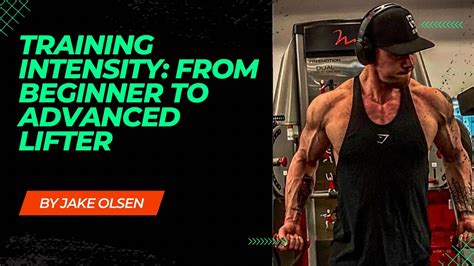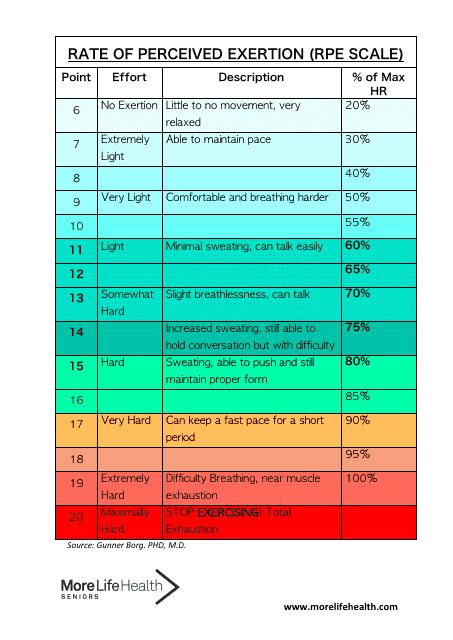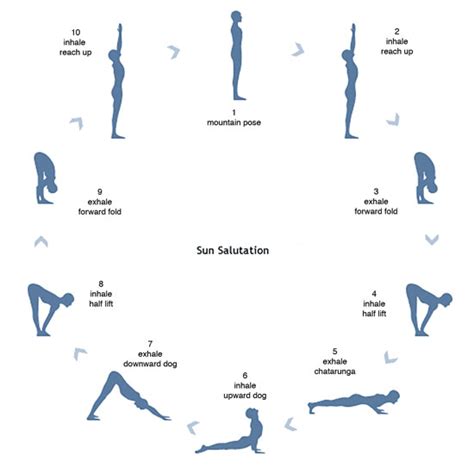How to optimize workout intensity for consistent muscle growth without burnout?

The Delicate Balance: Growth vs. Burnout
For anyone serious about building muscle, the quest for optimal workout intensity is a constant challenge. Push too little, and gains stagnate. Push too hard, and you risk overtraining, injury, and the dreaded burnout. The key lies in finding the sweet spot where you consistently provide enough stimulus for growth without exceeding your body’s capacity for recovery. This article will guide you through the principles and practical strategies to achieve sustainable muscle growth.

Understanding Optimal Intensity for Hypertrophy
Intensity in strength training isn’t just about how much weight you lift; it’s about the effort relative to your maximum capability. For muscle growth (hypertrophy), this often means training close to muscular failure within a specific rep range (typically 6-15 reps). The goal is to stimulate muscle protein synthesis, signaling the body to repair and build stronger, larger muscle fibers. However, consistently training to absolute failure can be overly fatiguing and detrimental in the long run.
Tools for Measuring and Managing Intensity
- Rate of Perceived Exertion (RPE): A subjective scale from 1 (no effort) to 10 (maximal effort). For hypertrophy, aiming for an RPE of 7-9 is often ideal, leaving 1-3 reps in reserve.
- Reps In Reserve (RIR): Directly linked to RPE, RIR indicates how many more reps you could have performed with good form before reaching failure. A 1-3 RIR range is effective for stimulating growth without excessive fatigue.
- Percentage of 1-Rep Max (%1RM): While more common for strength training, lifting weights in the 65-85% of your 1RM often correlates with effective hypertrophy training zones.

The Non-Negotiable: Progressive Overload
Regardless of your intensity measure, muscle growth hinges on the principle of progressive overload. Your muscles adapt to stress; to continue growing, you must continually increase that stress over time. This doesn’t always mean lifting heavier weights. Progressive overload can manifest as:
- Increasing the weight lifted.
- Performing more repetitions with the same weight.
- Completing more sets.
- Decreasing rest times between sets.
- Improving exercise form and control.
- Increasing training frequency.
Consistently tracking your workouts is crucial for implementing progressive overload effectively and ensuring you’re always challenging your muscles appropriately.
The Crucial Role of Recovery
Workout intensity is only one side of the coin; recovery is the other, equally vital side. Muscles grow and adapt during rest, not during the workout itself. Neglecting recovery is a fast track to burnout and stalled progress. Prioritize:
- Adequate Sleep: Aim for 7-9 hours of quality sleep per night. This is when your body releases growth hormones and repairs muscle tissue most efficiently.
- Optimized Nutrition: Consume sufficient protein (around 1.6-2.2g per kg of body weight) to support muscle repair and growth, along with adequate carbohydrates for energy and healthy fats for hormone production.
- Stress Management: Chronic stress, whether physical or mental, elevates cortisol levels, which can hinder muscle growth and recovery. Incorporate stress-reducing activities like meditation, yoga, or spending time in nature.

Strategic Deloads and Periodization
Even with perfect recovery protocols, constantly pushing high intensity can lead to systemic fatigue. This is where strategic deloads come in. A deload week typically involves significantly reducing training volume (sets and reps) and/or intensity (weight lifted) for 5-7 days. This allows your central nervous system and connective tissues to fully recover, making you stronger and more prepared for your next training cycle.
Periodization, the systematic planning of training, takes this concept further by cycling different phases of training (e.g., strength, hypertrophy, power) or varying intensity and volume over longer periods. This prevents plateaus and burnout, ensuring long-term, sustainable progress.

Listening to Your Body: The Ultimate Guide
Ultimately, no fixed program or set of rules can replace the invaluable feedback from your own body. Pay attention to:
- Persistent Fatigue: Feeling constantly tired, even after good sleep.
- Decreased Performance: Not able to lift as much, perform as many reps, or maintain the same energy in the gym.
- Joint Pain or Aches: Beyond typical muscle soreness.
- Irritability or Mood Swings: Signs of central nervous system fatigue.
- Disrupted Sleep: Trouble falling or staying asleep despite being tired.
If you experience several of these symptoms, it’s a strong indicator that you might be approaching or experiencing burnout. Don’t be afraid to take an extra rest day, reduce intensity, or implement an earlier deload. Your long-term progress depends on your ability to adapt and prioritize your well-being.

Conclusion
Optimizing workout intensity for consistent muscle growth without burnout is an ongoing process of smart training, diligent recovery, and self-awareness. By utilizing tools like RPE/RIR, consistently applying progressive overload, prioritizing sleep and nutrition, strategically incorporating deloads, and most importantly, listening to your body’s signals, you can build a sustainable and effective training regimen that delivers impressive results without sacrificing your health or passion for lifting.








